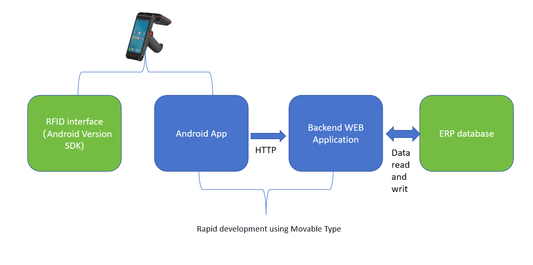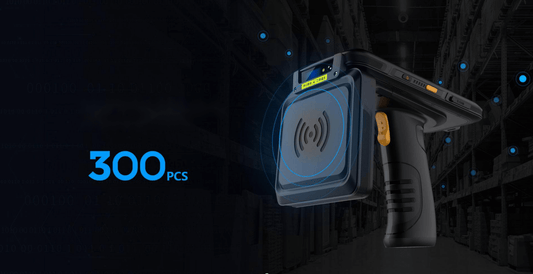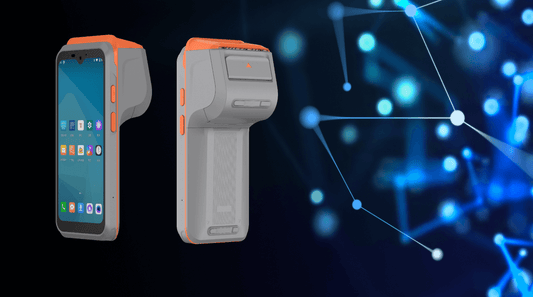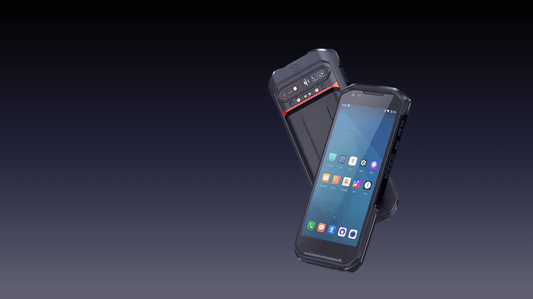Smart POS Security: How to Prevent Fraud & Data Breaches
Point of Sale (POS) systems have evolved significantly with advancements in technology, transitioning from traditional cash registers to sophisticated Smart POS solutions. These modern systems offer seamless transactions, inventory management, and customer relationship tools. However, as POS systems become more connected, they also become prime targets for cybercriminals.
Fraud and data breaches involving POS systems can lead to severe financial losses, reputational damage, and legal consequences. In this blog, we’ll explore the common security threats to Smart POS systems and provide actionable strategies to prevent fraud and data breaches.
Common POS Security Threats
1. Malware & Skimming Attacks
Cybercriminals often deploy malware to steal payment card data from POS systems. Skimming software, such as RAM scrapers, captures sensitive information from a device’s memory before encryption.
2. Phishing & Social Engineering
Attackers trick employees into revealing login credentials or installing malicious software through deceptive emails or fake support calls.
3. Weak Authentication & Default Passwords
Many POS systems are compromised due to weak or default passwords, allowing unauthorized access to sensitive data.
4. Unsecured Networks
If a POS system operates on an unsecured Wi-Fi network, hackers can intercept transaction data through man-in-the-middle (MITM) attacks.
5. Outdated Software & Lack of Patching
Unpatched POS software may contain vulnerabilities that hackers exploit to gain control over the system.
6. Insider Threats
Employees with malicious intent or poor security awareness may intentionally or accidentally expose POS systems to risks.
Best Practices to Prevent POS Fraud & Data Breaches
1. Implement End-to-End Encryption (E2EE)
Encrypting payment data from the moment it’s entered (via card swipe, chip, or NFC) ensures that even if intercepted, the information remains unreadable.
2. Use EMV Chip Technology
EMV (Europay, Mastercard, Visa) chip cards generate unique transaction codes, making stolen data useless for future fraud—unlike static magnetic stripe data.
3. Deploy Tokenization
Tokenization replaces sensitive card details with randomly generated tokens, reducing the risk of data theft in case of a breach.
4. Enable Multi-Factor Authentication (MFA)
Require employees to authenticate POS access using multiple verification methods (e.g., password + biometric scan or OTP).
5. Regularly Update & Patch POS Software
Ensure your POS system runs the latest firmware and security patches to protect against known vulnerabilities.
6. Secure Network Connections
-
Use WPA3 encryption for Wi-Fi networks.
-
Isolate POS systems on a separate VLAN to limit exposure.
-
Avoid public Wi-Fi for transactions; use a VPN if necessary.
7. Monitor & Restrict Employee Access
-
Implement role-based access control (RBAC) to limit system permissions.
-
Conduct background checks for employees handling sensitive transactions.
-
Train staff on recognizing phishing attempts and social engineering tactics.
8. Deploy AI-Powered Fraud Detection
AI-driven POS security solutions can detect anomalies in real-time, such as unusual transaction patterns or multiple failed login attempts.
9. Regular Security Audits & Penetration Testing
Conduct periodic security assessments to identify vulnerabilities before attackers do.
10. Compliance with PCI DSS Standards
The Payment Card Industry Data Security Standard (PCI DSS) provides guidelines for securing payment data. Compliance helps mitigate risks and avoid penalties.
Case Study: A Real-World POS Breach
In 2013, Target suffered a massive POS breach where hackers stole 40 million credit and debit card details. The attackers gained access through a third-party HVAC vendor’s credentials, highlighting the importance of vendor risk management and network segmentation.
Conclusion
Smart POS systems offer convenience and efficiency but require robust security measures to prevent fraud and data breaches. By implementing encryption, tokenization, strong authentication, and employee training, businesses can significantly reduce risks. Staying proactive with updates, network security, and compliance ensures long-term protection against evolving cyber threats.
Investing in POS security isn’t just about compliance—it’s about safeguarding your customers’ trust and your business’s reputation.
Final Tip:
Always work with reputable POS vendors that prioritize security and provide regular updates. A secure POS system is the foundation of a resilient business in today’s digital economy.
No comments











0 comments